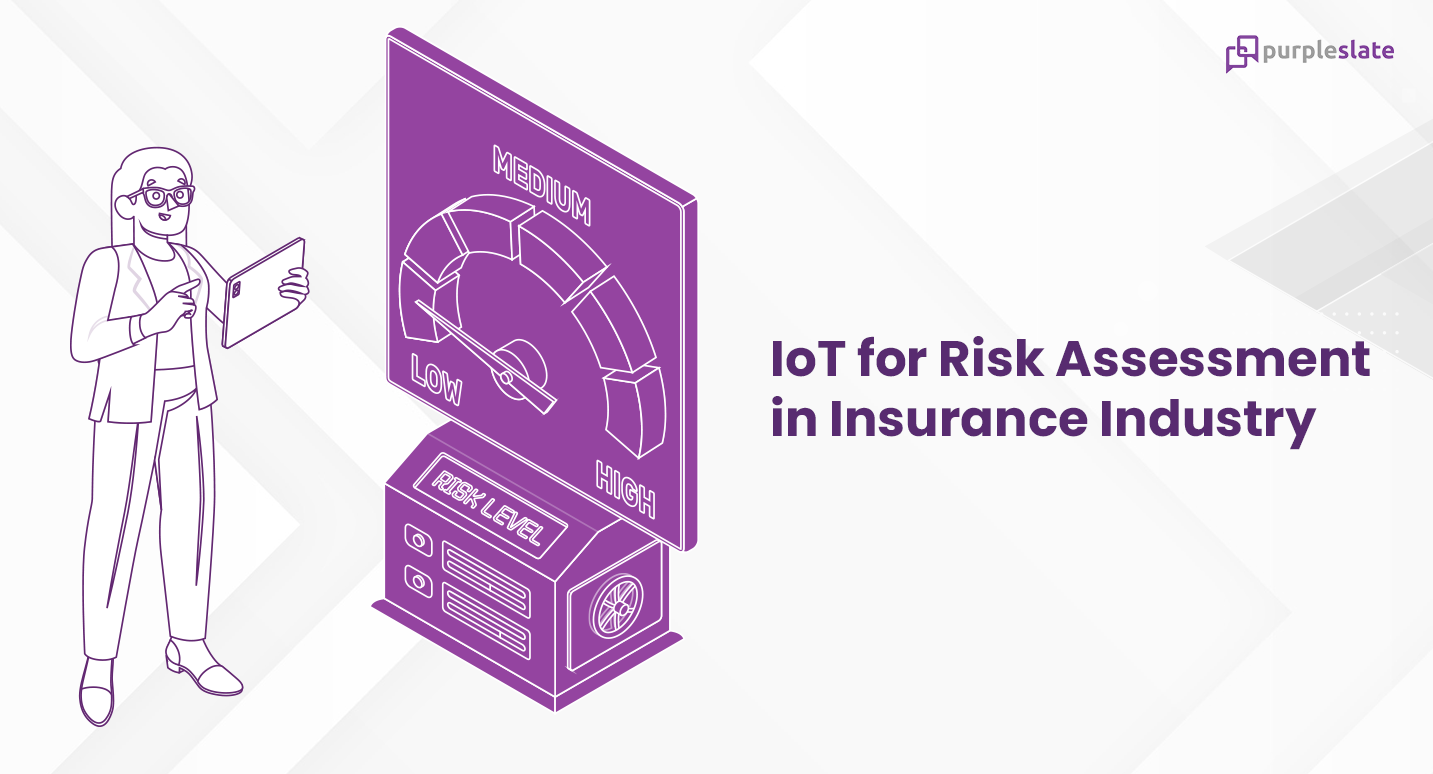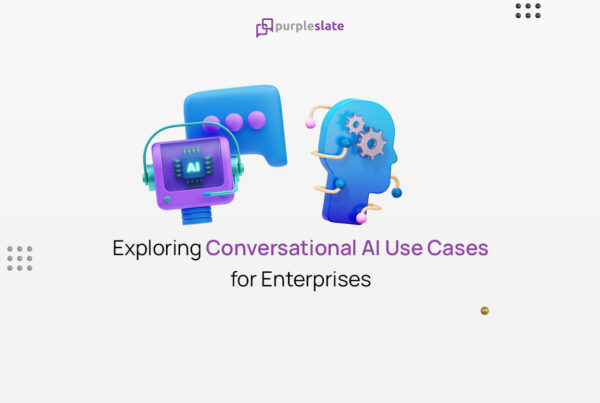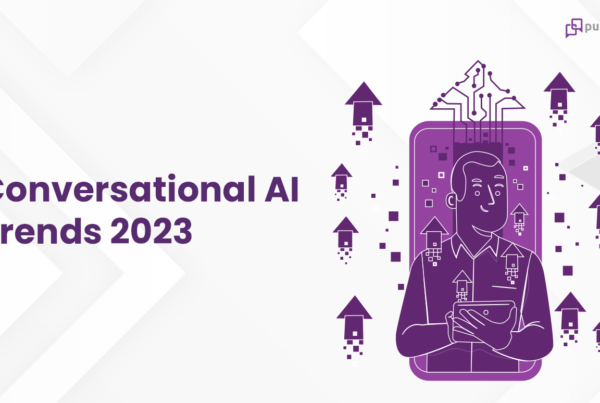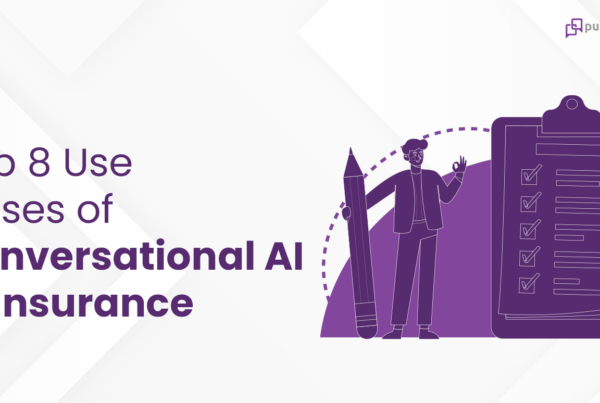
Introduction
“The Internet of Things (IoT) is the network of physical objects that contain embedded technology to communicate and sense or interact with their internal states or the external environment” – Gartner
IoT is much more than a network of devices. It is an ecosystem, a digital ecosystem to be precise. The number of interconnected devices is growing rapidly and it is expected to grow beyond 50 billion in 2025, and by 2030, it is expected to double the world’s population. This unprecedented growth has given rise to skyrocketing potential and unlocked new markets for the insurance industry.
IoT for Insurance
The Internet of Things aka IoT is the disruptor in Insurance Technology shortly known as InsurTech. IoT technology is a major game changer in risk assessment, which is considered the core of any type of insurance product. The pandemic saw the rise of IoT technology used widely to predict risk with as much accuracy as possible like never before in the insurance industry with limited manpower.
Like any service industry, IoT technology should not only be accepted by the insurers, it should equally get the buy-in from the insured too and it would be a win-win for both of them.
For the insurance industry, should IoT pass the litmus test like any other business case? Will the investment in IoT fetch more market share and growth in business? In a nutshell, what will be the ROI?
In the last two years, IoT has provided a taste of the ROI and now the not-so-tech pro investors are mentally prepared to change their strategy and are leaning towards investing in IoT. Needless to say, the core process of the Insurance industry is underwriting or assessing the risk of the insured. It could be a person, a motor, an asset, or any business. IoT has started to play a major role in assessing the risks from the onset of covid, though it was used on a smaller scale before.
Risk Assessment in Insurance
Any insurance organization, be its target market is either personal or commercial, thrives on its ability to assess risk. Risk assessment is generally based on the insurance risk rating models. It is the heartbeat of the insurance business. The Risk rating model heavily relies on data. More data means accurate rating models. The insurance rating model mostly works on segmenting the insured into broad risk groups. Most Insurance companies segment these groups based on their previous experience, analytics, and information provided by agents, brokers, and customers. Premiums are generally static in this segment with little variation in the form of discounts or customer loyalty. The rating structure remains almost constant.
Now with the data available from interconnected devices, this rate structure shall not be rigid. It will become more personalized and customized based on customer attributes. The risk assessment will not be segmented henceforth and it will be more accurate and comprehensive for each insurance. This data will not only ease the risk assessment process but is likely to introduce more insurance products tailor-made for unique or special requirements that will result in boosting the insurance industry revenue streams.
Risk assessment for any insurance was done based on the information provided by the customer. Traditionally, it was collected through a questionnaire but, thanks to technological advancement, now it is moved to video chat platforms, smart devices like watches and glasses, mobile apps, drones, and chatbots.
These technologies not only provide the right data, but they also help in reducing the travel cost of the agents, are eco-friendly, and provide faster turnaround time thereby delighting the customers. Traditional risk assessments are subjective and mostly based on experience. While with IoT, it is both objective and subjective. It has all the required data to be objective and at the same time, it has the analytics to learn from the past to be subjective. Risk assessment in insurance will be transformed from being a static process to a dynamic and ever-improving process.
In the past, insurers have identified the risk of loss for an asset using proxy data. The internet of things (IoT) gives insurers access to real-time, individual, and observable data on an asset’s (or person’s) risk of loss. This data is directly actionable for risk assessment.
The risk assessment process has taken a paradigm shift with IoT devices and the below are some of the game changers in the insurance vertical.
Wearables
Wearables are personal networked devices that primarily include smartphones and smartwatches. Like any evolving field, these wearables are expanding to smart glasses, rings, shoes, clothes, etc. Wearables are likely to exceed a turnover of USD 65 billion by 2025. Wearables are not only used for monitoring or tracking your location or your health and fitness attributes but they are also used in gaming for gestures and facial recognition. The data stream from these devices provides critical information for risk assessment in personal insurance products.
Mobility
New-age vehicles have come up with sensors apart from smartphones carried by drivers. This helps not only to collect data on the driving behavior but also in collecting vehicle data such as engine performance, oil temperature, wear and tear of the brakes, fuel consumption, and tire pressure. This data is used by vehicle manufacturers and insurance companies alike to re-calibrate the insurance parameters.
High-risk customers can be differentiated from low-risk ones using the vehicular monitoring data gained from mobility devices. Traditionally, the insurance industry relied on indirect parameters, like age, address, vehicle age, and driver accident history to arrive at premiums. Now the parameters for risk assessment are recalibrated to capture parameters that identify the driver behavior and usage of a vehicle. Usage-based insurance is gaining popularity and in the Americas and the EU, the data of the connected devices are readily available.
Various insurers worldwide have already partnered with IoT-based telematics suppliers to provide data streams. Companies outside the insurance industry can also increasingly generate risk-related data that can be used by insurance companies.
Smart houses
The other less explored insurance vertical is the house or home insurance products. Traditional home insurance products with little variation are available in the market. Google and Amazon came up with smart home technology that has enabled connected devices at home for smart living. The data stream available from these smart home technology gives rise to selling new home insurance products at a discount rate for people who equip their homes with smart-home devices.
Insurance risk assessment is going through a major change that may reflect externally in insurance product offerings that will have improved customer segmentation, personalized insurance offerings, usage-based insurance, and behaviors-based feedback and engagement with customers.
Challenges in Integrating IoT with Insurance Risk Assessment
While opportunities abound to integrate IoT with the Insurance risk assessment process that is inevitable there are still challenges listed below that need to be taken care of.
- Privacy of user data
- Security threat to connected devices
- IoT expertise availability
- Infrastructure availability for Data Storage and Processing
A Paradigm Shift in Insurance Industry
It is either a shape-up or ship-out decision for the insurance industry. Like any business, it is a tough call to decide whether to adapt to the changing ecosystem or to be left behind. But doing nothing is not an option available anymore for the insurance industry. Get in touch with our experts at purpleSlate today to discover how to leverage IoT technologies to boost your ROI.




